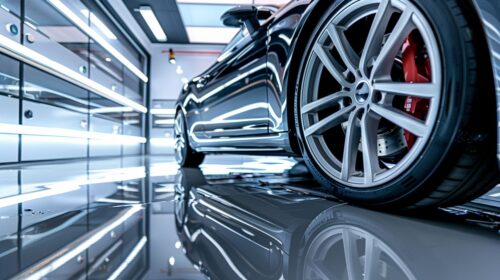Are you struggling to keep your car detailing jobs consistent and high-quality? You’re not alone. Many auto detailing businesses face this challenge daily. This article offers a comprehensive auto detailing checklist that will transform the way you approach each vehicle, ensuring outstanding results every time.
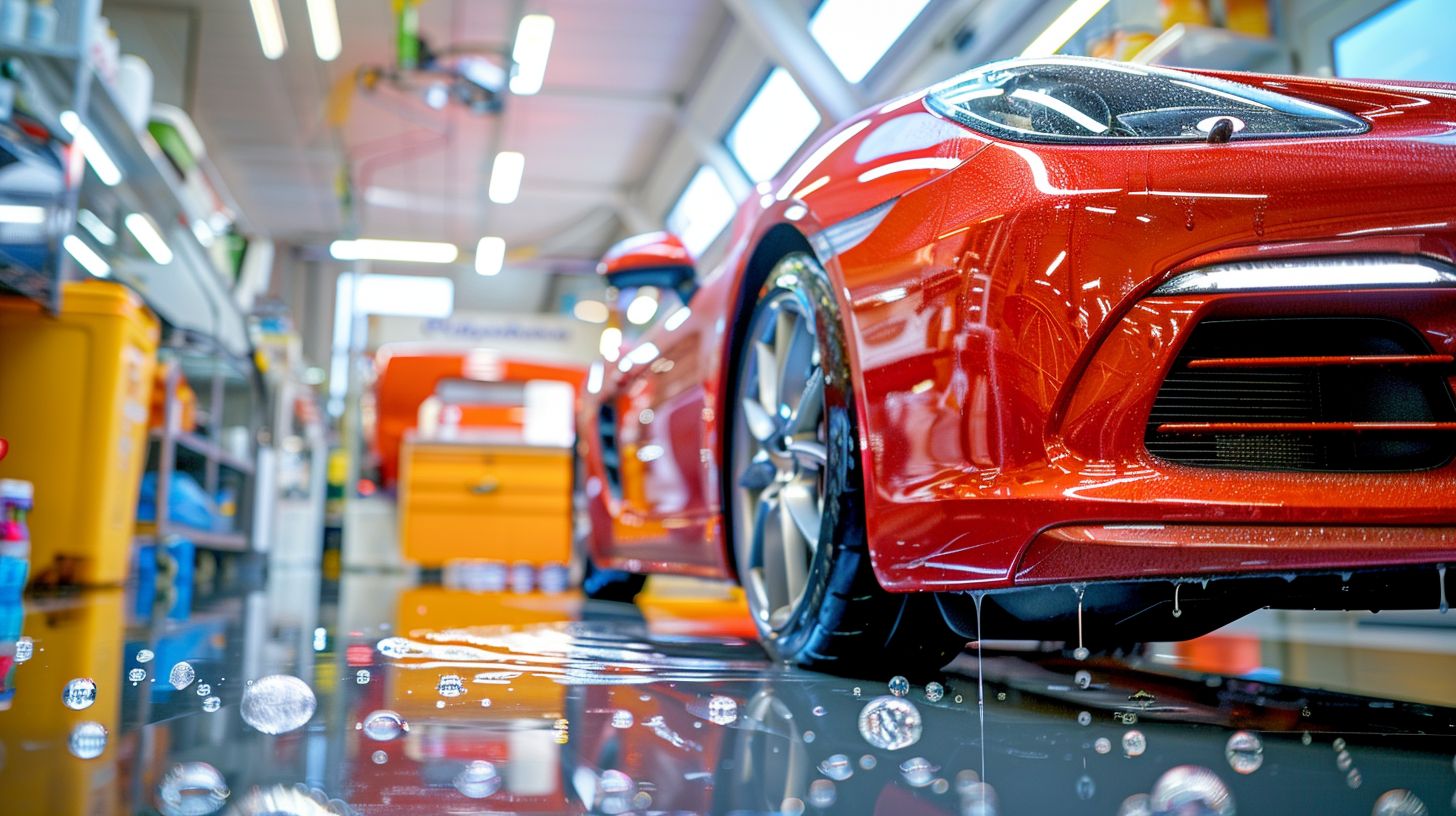
Introduction
Many people love having a clean car, but achieving that perfect shine is easier said than done. One fact stands out: a detailed car not only looks better but also retains its value longer.
Our guide provides a step-by-step checklist to make sure every detail of your customer’s car gets attention. Ready to elevate your auto detailing game?
Key Takeaways
- Cleaning a car well means doing both the inside and outside, as well as the engine bay. Use special tools and cleaners for each part of the vehicle.
- Protecting the car’s paint with wax keeps it safe from bad weather and sun damage. It also makes it shine.
- Vacuuming every spot inside the car, including under seats, gets rid of dirt and crumbs. Clean surfaces like dashboards too, to make them look new.
- Before washing, rinse their car to remove loose dirt. This stops scratches when you wash with soap later.
- After detailing, check your work closely. Make sure no spots were missed for a perfect finish.
Understanding Car Detailing
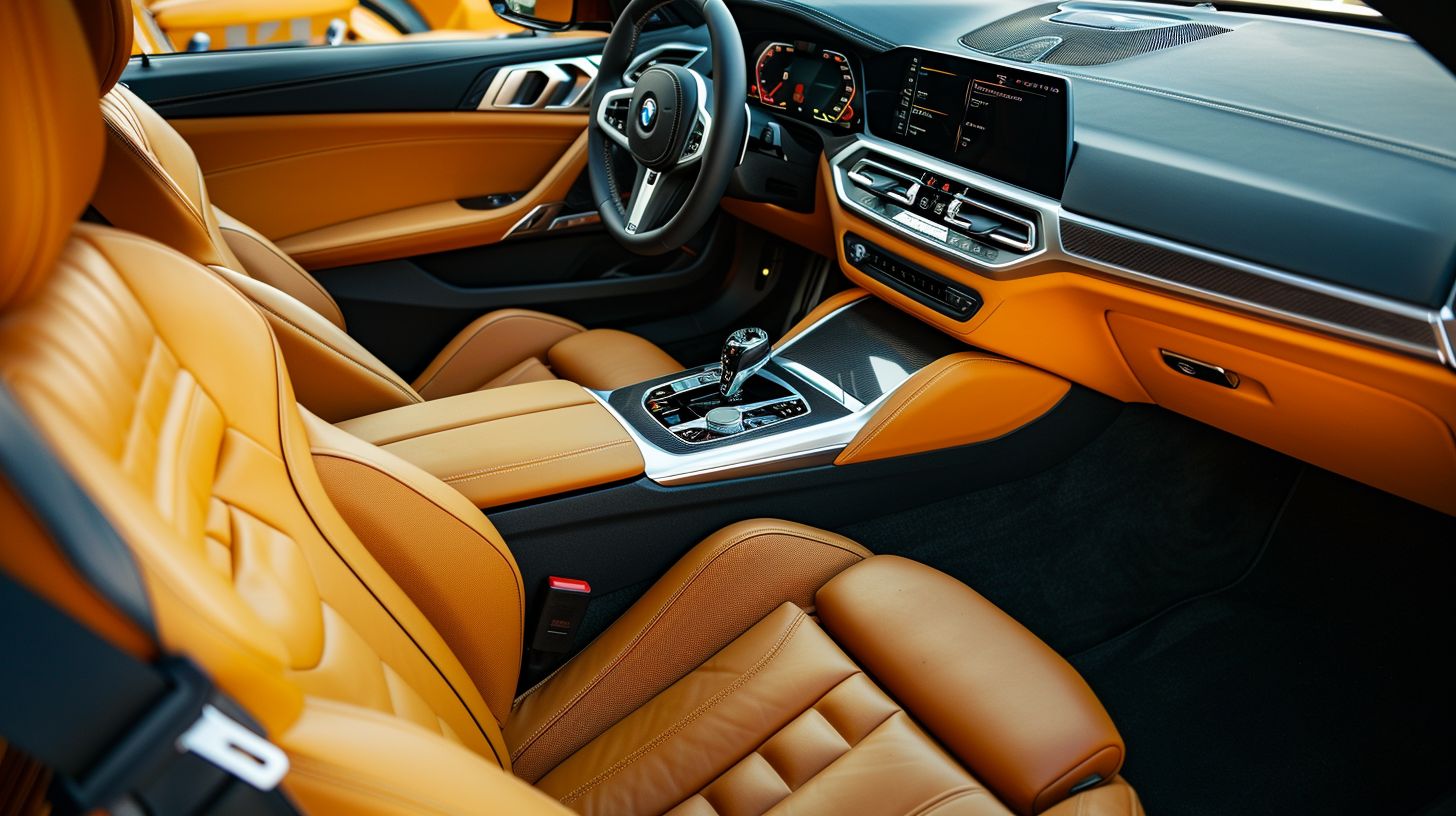
Car detailing might sound simple, but it’s a thorough process that makes a vehicle look its best. This involves more than just a quick car wash. You use special tools and products to meticulously clean the car inside and out.
From vacuuming the interior to applying protective coating on the exterior, each step is essential. The objective is to make every part of your customer’s vehicle shine, including those areas often missed during regular cleaning, like under the seats or around brake calipers.
You also should pay close attention to removing any smells that could make driving unpleasant. Using all-purpose cleaners for tough spots and microfiber cloths to avoid scratches ensures your work is top-notch.
Detailing isn’t just about looks; it protects against rust and corrosion too, keeping cars in great shape longer. Every pedal, tail light, and even the trunk lid gets special care so your clients see their vehicles as if they were new again.
Importance and Benefits of Car Detailing
Taking care of your customer’s car through detailing does more than just make it shine. It’s a way to keep their vehicle looking great, smelling fresh, and ensuring safety on the road.
Preserving and Protecting the Vehicle’s Exterior Finish
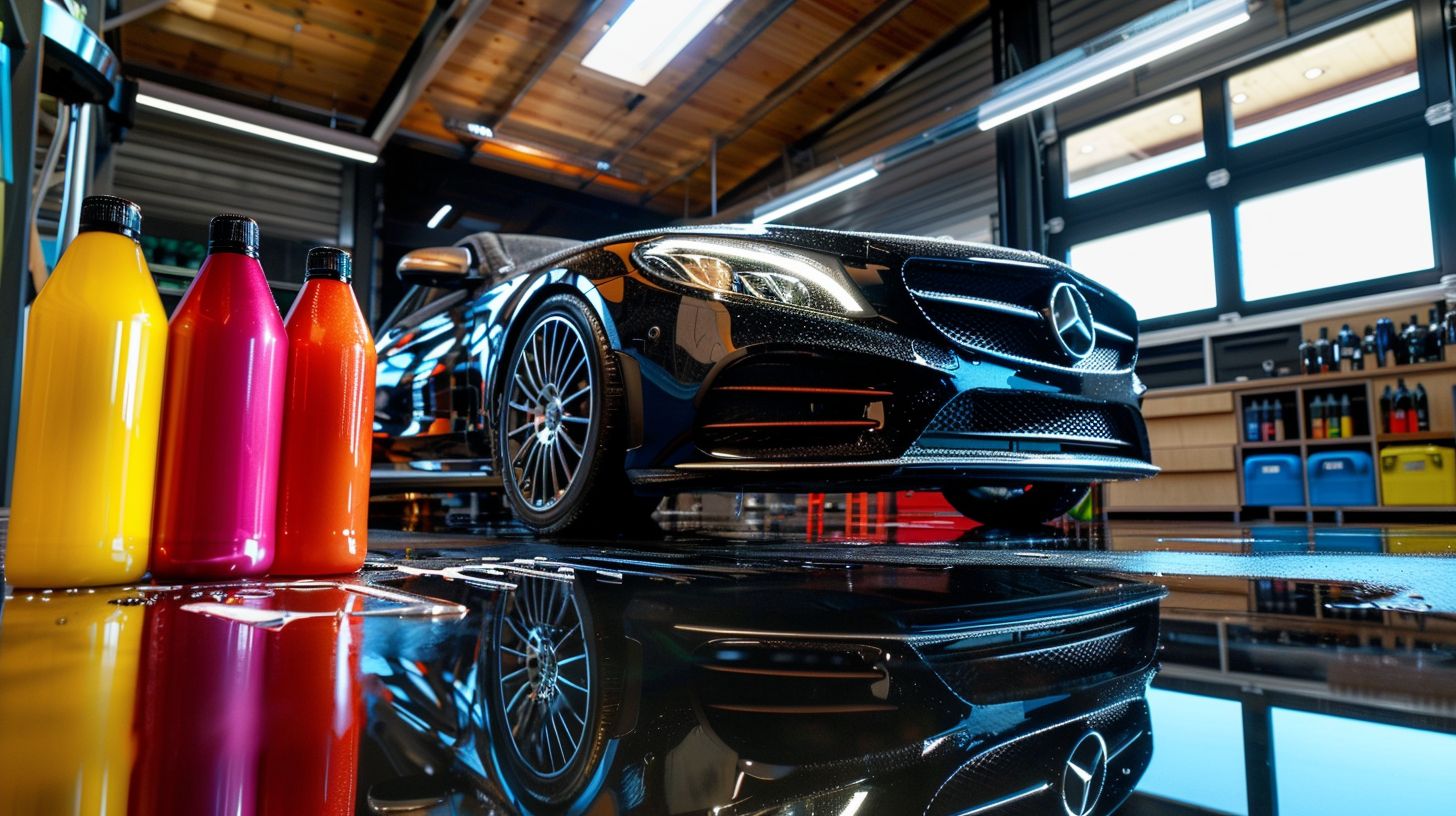
Protecting their vehicle’s paint is critical. Car detailing does this well. It involves careful cleaning and waxing, which shields the paint from environmental harm. Regular detailing removes contaminants that can corrode or damage the exterior.
This keeps the car looking new and helps maintain its value.
Using quality cleaning products is a must for any automotive detail shop business. Detailing also means applying tire dressing and protectants on exterior trim to fight off wear and tear.
By doing these steps right, you ensure clients’ cars stay in top shape, fighting off rust and keeping colors vibrant longer. This attention to detail signals quality assurance in every service you offer, making each vehicle not just clean but well-preserved against time and elements.
Eliminating Odors and Preventing Health Issues
Car detailing plays a crucial role in keeping your car’s interior fresh and clean. It involves deep cleaning to remove the source of bad smells. This step is vital because it helps avoid health problems related to harmful bacteria and allergens.
By having every part of their vehicle thoroughly cleaned and sanitized, risks of respiratory troubles and allergic reactions go down. These issues often arise from dust and dirt that build up over time. Sometimes even mold.
Professional detailers use special tools and techniques for getting rid of tough odors. They make sure the interior is sanitized, which improves air quality inside the car. This creates a healthier environment for everyone riding in it.
Regular detailing not only makes your customer’s car look great, but also stops mold and mildew from growing. These can cause breathing problems among other health concerns if left unchecked, in addition to unpleasant musty odors. Making professional detailing a habit ensures both passengers’ well-being and the longevity of their vehicle’s interior.
Enhancing Driving Safety
Keeping your client’s car clean and well-maintained does more than make it look good; it directly impacts how safe it is to drive. Clear windows, mirrors, and properly functioning lights are vital for seeing and being seen on the road.
This means using glass cleaner not just for shine, but for also safety. Even cleaning pedals can prevent slipping feet in critical moments.
Detailing also keeps their car’s outside in top shape. A smooth exterior with intact paint reduces risks of rust that could weaken their car’s structure over time.
It’s about making each drive safer by paying attention to these details regularly.
Key Elements of a Car Detailing Checklist
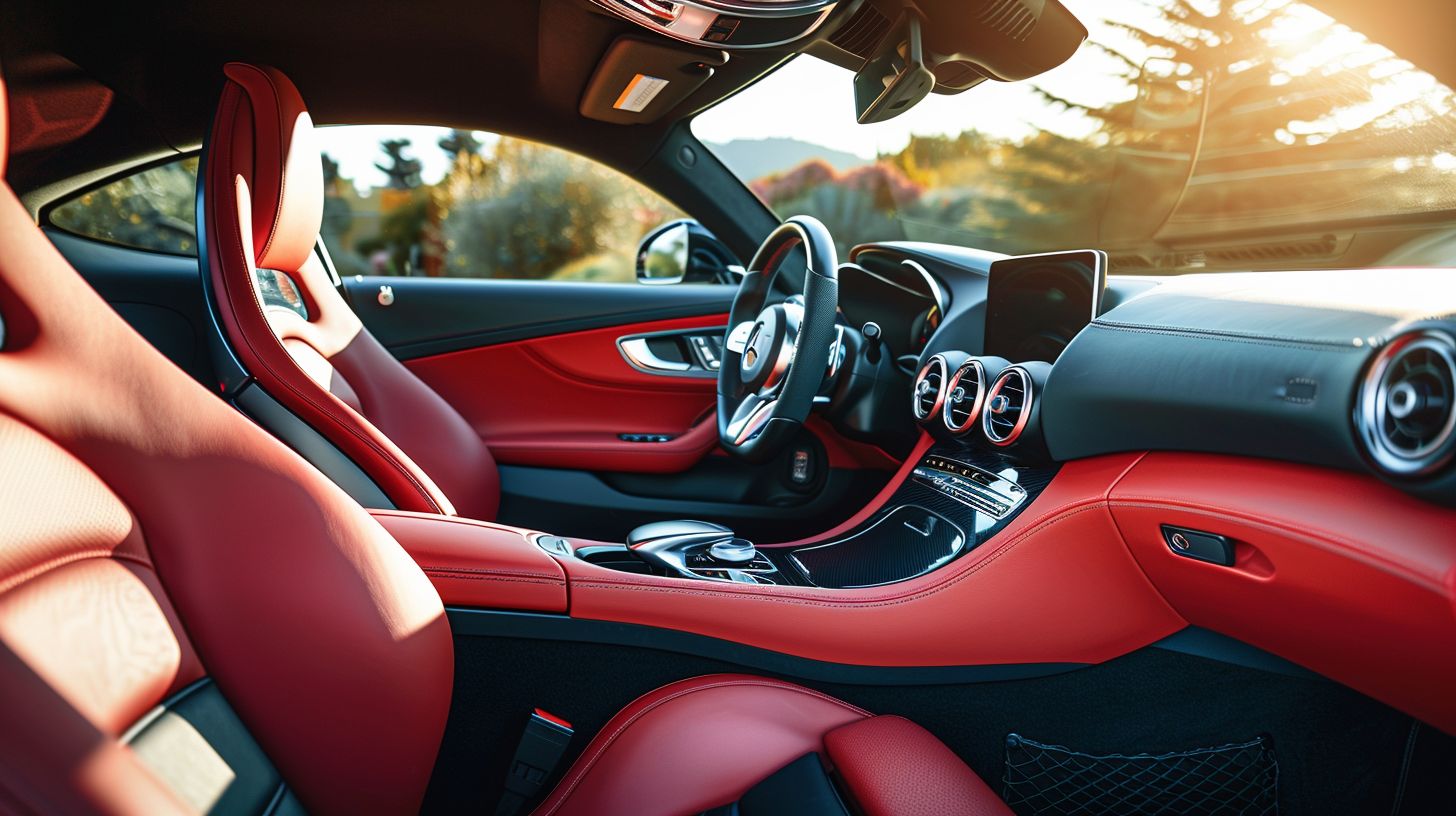
Exterior Cleaning and Protection
Exterior Cleaning and Protection involves several steps to keep cars looking their best. First, a thorough wash removes dirt and grime from the surface. This step is crucial for maintaining the appearance and value of the vehicle.
After drying, applying a high-quality wax or sealant gives an extra layer of defense against weather, UV rays, and road salt.
For spots prone to rusting like doors and undercarriages, special care ensures these areas are clean and protected too. Adding this routine to your services can extend the life of a car’s exterior surfaces significantly.
Interior Cleaning and Maintenance
Interior Cleaning and Maintenance involves paying close attention to the dashboard, center console, door panels, seats, carpets, and upholstery. Using high-quality cleaning products and tools is key for achieving professional results.
This careful detailing can improve the appearance and longevity of a vehicle’s interior.
You must consistently follow a detailed checklist to keep the vehicle’s interior in top condition. This ensures that every nook and cranny—from the tiniest crevice in the dashboard to deep within the fibers of the carpets—is clean.
Thus, you contribute not only to a car’s visual appeal but also enhance its overall value by maintaining an impeccable interior.
Step-by-Step Process of Car Detailing

Pre-Wash Preparation
Getting a car ready for detailing starts with pre-wash preparation. This crucial step sets the foundation for a thorough and successful detail job. Here’s how your automotive detail shop can do it right, consistently:
- Check all supplies and equipment before you begin. Make sure you have everything you need, such as pre-wash solutions, pressure washers, and microfiber cloths.
- Park the vehicle in a shaded area, ideally in your shop/garage, to prevent the sun from drying the products too quickly. This helps avoid spots and streaks during cleaning.
- Rinse the car with water to remove loose dirt and grime. A gentle stream from a hose works well for this initial rinse.
- Apply a pre-wash solution to break down stubborn contaminants. Use a product designed for automotive use to ensure it is safe for the car’s paint.
- Let the solution sit on the surface for a few minutes. This gives it time to work on the dirt, making it easier to wash off.
- Use a pressure washer on a low setting to remove the pre-wash solution along with loosened dirt and grime.
- Inspect the car for any missed spots or areas needing extra attention. Sometimes, tough spots require a second application of pre-wash solution.
- Carefully choose cleaning products and tools that won’t harm the vehicle’s surface—opting for quality over cost saves time and ensures better results in the long run.
- Keep safety gear on hand, like gloves and goggles, especially when using chemical cleaners or operating machinery like pressure washers.
By following these steps, your team can ensure that every vehicle is properly prepared for detailing, leading to cleaner cars and happier customers.
Exterior Cleaning and Decontamination
Cleaning the outside of a car well makes it shine and protects it. To do this right, you need to use proper techniques and tools. Here’s how:
- Rinse Your Client’s Car Thoroughly
Start by rinsing their car with water to remove loose dirt and dust. This step helps avoid scratching your car’s surface during the cleaning process.
- Apply Soap
Use a high-quality car wash soap, not dish detergent, which can strip away the wax and damage the paint.
- Use Two Buckets
One bucket holds your soapy water, and the other clean water for rinsing your wash mitt or sponge. This method prevents dirt from getting back onto your car.
- Wash in Sections
Clean their car in sections, starting from the top and working down to prevent dirty water from running onto clean areas.
- Gentle Scrubbing
Pay special attention to spots with tough grime or bird droppings, but scrub gently to avoid scratches.
- Wheel Cleaning
Use a separate sponge or brush for wheels and tires, which may have brake dust and road debris.
- Rinse Again
After washing, rinse their car thoroughly with clean water to remove any soap residue.
- Dry Carefully
Dry their car with a microfiber towel or chamois to prevent water spots and streaks.
- Clay Bar Application
For deep cleaning, use a clay bar on the surface of their paint to remove embedded contaminants that washing can’t remove.
- Polishing (Optional)
If their car’s finish looks dull, consider applying polish before waxing for extra shine.
- Apply Wax
Finish by applying a quality wax to protect the paint and leave it looking shiny.
Each step is key for removing dirt, grime, and contaminants effectively while keeping the vehicle’s exterior looking great.

Interior Cleaning and Polishing
Your dedication to car detailing shows in the shine of every vehicle you work on. Here’s how to ace the interior cleaning and polishing step, giving cars that fresh-off-the-lot look and feel.
- Start by removing all trash from the car’s interior, including under the seats and in pockets. This first step clears the way for a deeper clean.
- Vacuum every inch of the interior, from carpets to seats, ensuring no crumbs or dirt are left behind. Pay special attention to crevices where debris accumulates.
- Clean surfaces like dashboards, door panels, and upholstery with the right products. Choose cleaners that match the materials you’re working on—leather cleaner for leather surfaces, fabric cleaner for cloth seats, and so forth.
- Tackle tough stains on carpets and upholstery with a specialized stain remover before vacuuming again if necessary. This helps ensure spots don’t linger.
- Dust off vents with a soft brush to remove dust buildup that can affect air quality inside the car.
- Use a microfiber cloth and suitable polish to restore shine to hard surfaces. Polishing not only makes interiors look great, but also forms a protective layer against wear and tear.
- Condition leather seats if applicable—to keep them soft, prevent cracking, and prolong their life.
- Finally, consider adding an air freshener to leave the car smelling clean and inviting until its next use. Pro Tip: You can add an air freshener to their rear-view mirror with your logo on it so your clients constantly keep you in mind. However, the logo application should be subtle (as well as the scent), therefore not obnoxious, otherwise they’ll ditch it with a quickness.
Consistency is your best tool in delivering top-tier results each time you clean a car’s interior. Following this auto detailing checklist will help maintain high standards of cleanliness and customer satisfaction. Follow these steps faithfully, using proper tools and products as well as honing your technique over time; this commitment ensures those who entrust you with their vehicles receive nothing short of excellence.
Final Touches and Finishing Flourishes
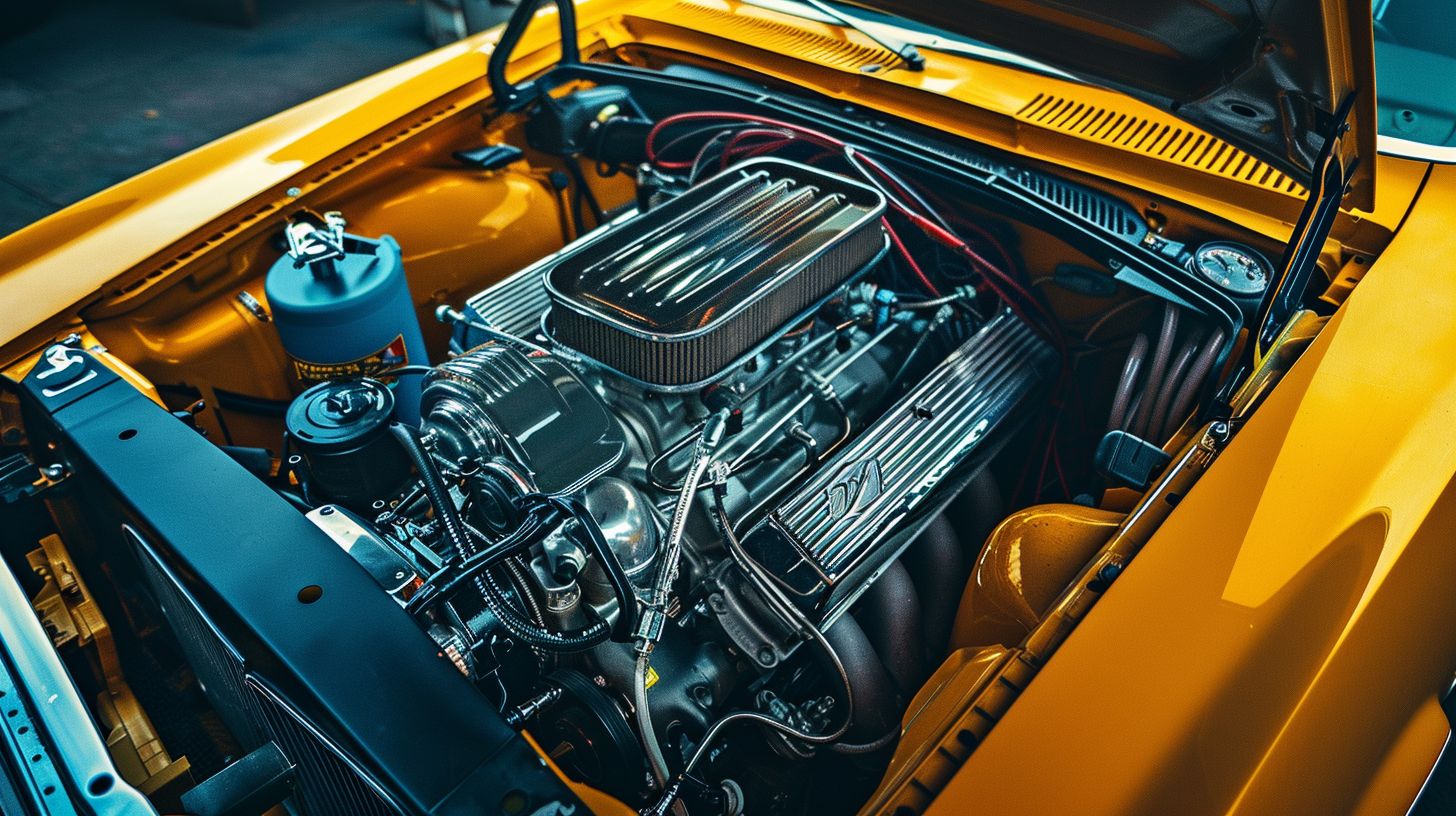
Giving your customer’s car the best finish means paying attention to the small details, including the engine bay. This is where final touches and finishing flourishes come into play, ensuring a top-quality result that enhances both appearance and longevity.
- Polishing for Perfection: After cleaning, use a high-quality polish to give the exterior that glossy, showroom shine. This step helps in removing any tiny scratches or imperfections left behind.
- Wax On, Wax Off: Apply a protective layer of wax after polishing. This not only adds an extra layer of shine but also protects the paint from UV rays and dirt.
- Check Every Nook and Cranny: Go over the vehicle with a fine-tooth comb. Look for any missed spots or areas that need more work. This could be tiny spots missed during waxing or polishing.
- Windows to the Soul: Clean all glass surfaces inside out for streak-free visibility. Use a quality glass cleaner and microfiber towels for best results.
- Wheel Deal: Wheels and tires make a huge impact on your car’s overall look. Make sure they are clean, polished, and dressed in tire shine for that complete look.
- Light It Up: Headlights, taillights, and other external lights should be clear and bright. Use appropriate cleaners to remove any haze or oxidation ensuring they shine bright.
- Fresh Breeze Inside: Don’t forget about the interior’s final touch – ensure air fresheners are used to maintain a clean, pleasant smell inside the car.
- Spotless Seats: For leather seats, apply conditioner; for fabric seats, use fabric cleaner to remove any stains or spills ensuring they look as good as new.
- Dash of Shine: Dust and clean the dashboard area with suitable cleaners depending on the material (plastic, woodtrim). This area should be spotless as it’s one of the first things seen inside.
- Careful Inspection: Lastly, take one more walk around your client’s vehicle inspecting every part closely to ensure nothing was overlooked – perfection is in these final details.
Conclusion

A perfect auto detailing job starts with a good plan and ends with stunning results. Your auto detail checklist is your roadmap to delivering top-notch services every time. Sticking to it ensures every car shines and satisfies your customers.
Keep updating your methods and always aim for excellence. This way, you’ll keep clients coming back and attract new ones through glowing referrals.
FAQs
1. What do I need to start auto detailing?
To kick things off, you’ll want a few basics like soap, microfiber towels, a vacuum cleaner, and some polish.
2. How often should I detail my client’s car?
Aim for a deep clean every 4-6 months to keep your ride looking sharp, with “mini details” sprinkled into the mix…especially during the winters.
3. Can I detail my client’s car at home?
Yes! With the right tools and products, you can definitely tackle auto detailing in your own driveway or your customers, but ultimately, you should have a shop where you can control the climate.
4. What’s the first step in auto detailing?
Start with a thorough wash of the exterior to remove dirt and grime before moving on to other tasks.
5. Is there an easy auto detailing checklist I can follow?
Sure thing! Begin with cleaning the outside, then move inside to dust and vacuum everything up; don’t forget about polishing surfaces last.


